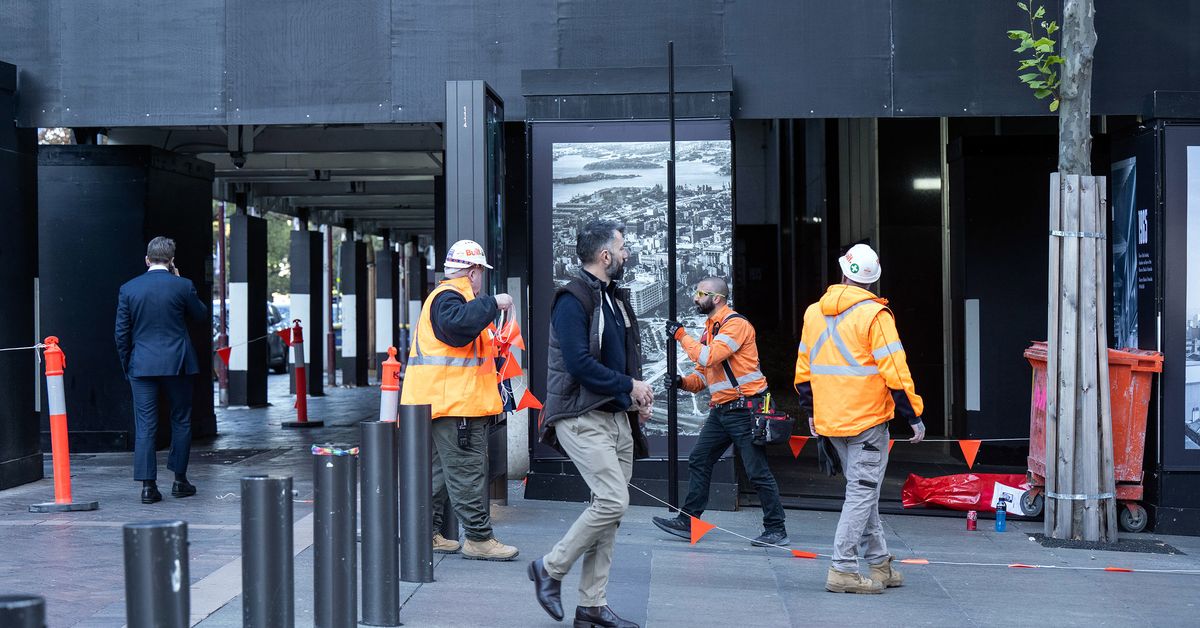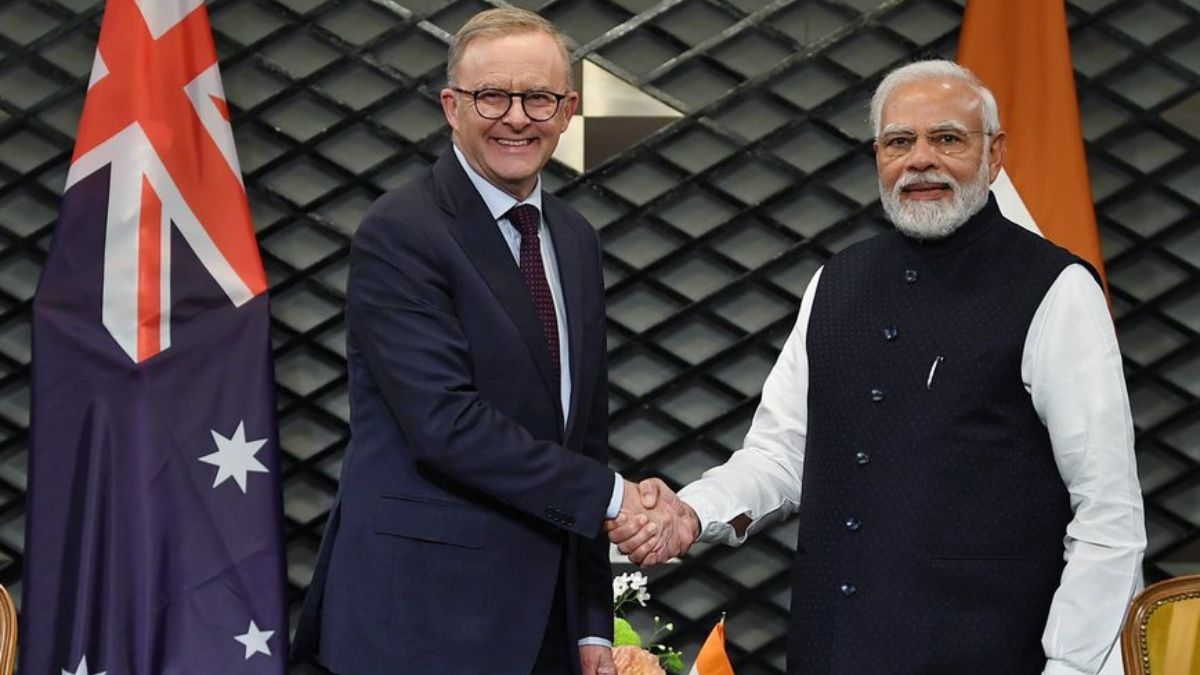Unemployment better than expected, dampening hopes of early rates cut

- by Admin
- April 18, 2024

The jobless rate, revealed today by the Australian Bureau of Statistics, is only a marginal increase on last month’s surprisingly low figure of 3.7 per cent and slightly better than market forecasts of a larger rise to 3.9 per cent.
“With employment falling by around 7000 people and the number of unemployed rising by 21,000 people, the unemployment rate rose to 3.8 per cent,” ABS head of labour statistics Bjorn Jarvis said.
Jarvis said that, while higher than the February number, which came on the back of an unusually large surge in workers starting new jobs, the current unemployment level remains historically low.
“The labour market remained relatively tight in March, with an employment-to-population ratio and participation rate still close to their record highs in November 2023,” he said.
“While they have both fallen by 0.4 percentage points since then, they continue to be much higher than their pre-pandemic levels.”
That tight labour market means the Reserve Bank is unlikely to pull the trigger on an interest rate cut until towards the end of the year.
“It is hard to see the RBA rushing towards cutting interest rates soon,” AMP deputy chief economist Diana Mousina said.
“We have been expecting the RBA to cut around mid-year, but the resilience of the labour market means a high risk that the first cut comes later in the second half of the year, even with our expectation that next week’s March quarter inflation data will show a further improvement in reducing the pace of inflation.”
She said that while the jobs market is “holding up much better than expected”, unemployment is expected to rise in the coming months.
“The resilience of the labour market over the past one-two years has been surprising,” Mousina said.
But, our jobs leading indicator is still pointing to slower employment growth ahead and we expect the official data to ‘catch down’ to our leading indicator and still see the unemployment rate heading north towards 4.5 per cent.”
While unemployment rose 0.1 per cent in March, underemployment actually fell by the same number and the number of hours worked rose by 0.9 per cent.
“The recovery in growth in hours worked over the last two months has seen the annual growth rate rise to 1.7 per cent,” Jarvis said.
“This was still weaker than the annual growth rate in employment of 2.4 per cent, but that partly reflects the very high level of hours worked a year ago.”
The Latest News
-
November 22, 2024‘Taking a bullet for your country’: Indian rookie’s defiance as Starc shoots down Perth claim
-
November 22, 2024Blink and you’ll miss it: After 17 wickets already, the Perth Test will only speed up from here
-
November 22, 2024India bowlers sow trouble Down Under: What is Australia’s lowest team score in Tests at home? | Sporting News India
-
November 22, 2024Second Australian dies from tainted alcohol in Laos, sixth death reported
-
November 22, 2024‘Boom Boom’ Bumrah puts Australia’s batters on the canvas




